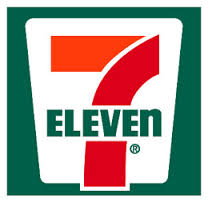This blog post is a reflection on the following statement :
” If the United Nations was fully funded why would we need the Arc or social enterprise”?
Although the United Nations (UN) enforces a just set of principles and does a lot of good in our world, I believe flaws lie within their infrastructure. Firstly, the UN is highly political which has affected the efficiently and productivity of their efforts. Because the UN is comprised of so many countries, it’s hard to come to a consensus when making decisions. Secondly, the UN focuses manly on large global issues and rarely takes in depth action on smaller issues such as struggling communities. I think this justifiable because the organization can only do so much with it’s resources and has to chose to act on issues that have largest impact on the world as a whole. Thus, because they don’t act on smaller issues, I believe social enterprise is needed.
I think we need social entrepreneurship because it has a direct, efficient and person-person effect society. Social entrepreneurs aren’t bound by the politics of the UN and provide a mutually beneficial relationship for all parties involved. For example, Arc provides a two-way exchange which benefits both Sauder students and struggling communities in a positive way. I think social entrepreneurship is vital to the economic growth of struggling communities because it does not just provide a short term fix that the UN may implement, but it creates sustainable and economically stimulating solution. In the long run, I think social enterprise is needed to improve the world economy.
Sources:
http://skollworldforum.org/2014/04/06/can-social-enterprises-really-solve-poverty/










